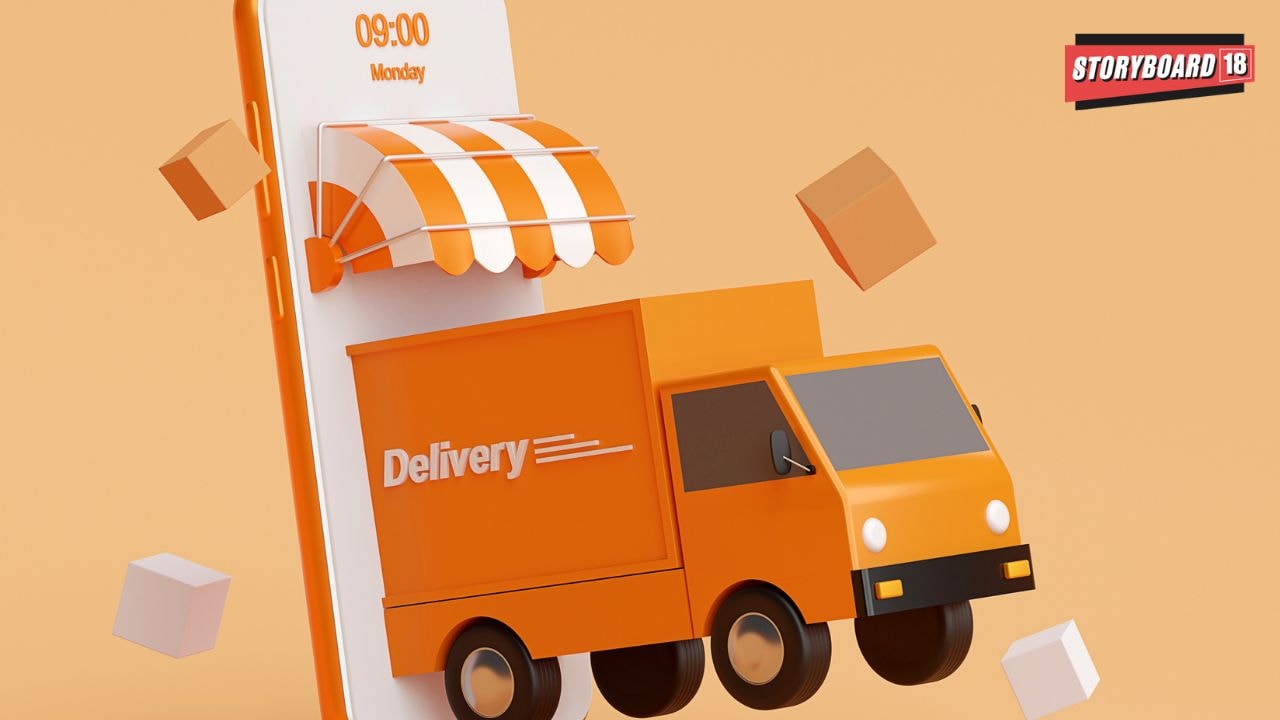India’s express parcel market is on track for exponential growth, with shipments expected to reach 24-29 billion by FY 2030, according to the latest report by Redseer Strategy Consultants titled “Express Logistics in Motion: Market Update and Outlook”. As per the report, the market is projected to grow at a compound annual growth rate (CAGR) of 19-23% from FY 2024’s scale of 8-9 billion shipments, with an estimated volume of 10-11 billion shipments by FY 2025.
The surge in shipments is being primarily driven by the expansion of e-commerce, particularly in non-horizontal sectors, and the rise of hyperlocal and quick commerce services.
The report highlights a significant shift in India’s express logistics sector, moving away from traditional courier services to a more e-commerce and hyperlocal-driven model. Several key trends are shaping this transformation:
– Traditional Couriers: This segment, historically dominated by document shipments such as legal papers and banking documents, is witnessing a transition towards non-document shipments, including e-commerce parcels. By FY 2025, traditional couriers are expected to account for approximately 2 billion parcels, growing at a modest 7% CAGR till FY 2030. As document shipments decline due to e-governance and digitalization, traditional courier companies are expanding into e-commerce logistics, while e-commerce players are also venturing into document express services, blurring the lines between the two segments.
– E-commerce Shipments: E-commerce shipments are set to reach 4.8-5.5 billion in FY 2025, growing at a strong 23-24% CAGR from FY 2024’s 4.4 billion shipments to an estimated 15-16 billion by FY 2030. This growth is being fueled by the increasing variety of online shopping categories, deeper geographical penetration, and advancements in supply chain infrastructure.
– Hyperlocal Shipments (Quick Commerce and Food Deliveries): Quick commerce is the fastest-growing segment in the express parcel market, contributing 7-10% of total shipments in FY 2024 and FY 2025. It is projected to expand at an impressive 33-50% CAGR until FY 2030, driven by ultra-fast delivery models, the expansion of dark stores, and a broader product selection. While online food ordering, pharmacy deliveries, and hyperlocal C2C shipments are expected to make up 13% of total shipment volumes by FY 2030, their growth rate will be slower compared to quick commerce.
Mrigank Gutgutia, Partner at Redseer Strategy Consultants, commented, “India’s express logistics market is going through a major shift, driven by growing digital adoption and consumers becoming more comfortable with e-commerce. People now expect faster, more convenient deliveries, which is fuelling a surge in e-commerce and hyperlocal shipments while traditional parcels grow much more slowly. With express parcel volumes set to grow significantly between FY20-30 powered by the eCommerce surge, express logistics players need to realign their strategies to stay ahead and make the most of the fast growing eCommerce and hyperlocal opportunity landscape.”
Furthermore, as the express logistics sector evolves, leading e-commerce companies are adapting their strategies to keep pace with demand. Initially, these companies built in-house logistics capabilities to enhance order fulfillment, improve delivery speeds, and gain greater control over operations and customer experience. However, with the rapid expansion of non-horizontal e-commerce models, many in-house logistics platforms are now externalizing their services, offering express delivery solutions to a broader range of customers.
